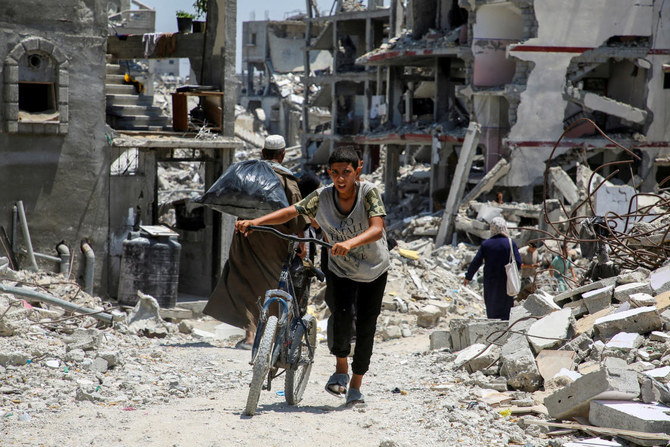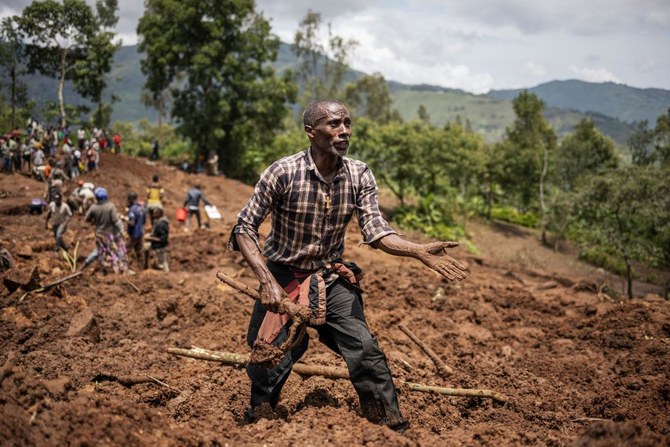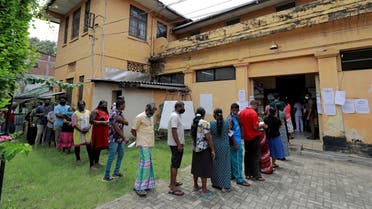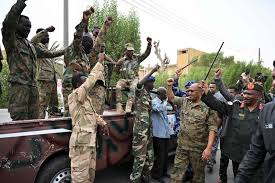OVDA AIR BASE (Agencies): The head of the Emirati air force arrived in Israel this week in a landmark first visit to observe the military’s massive biennial Blue Flag exercise, an international aerial drill being held this month over the Negev desert, the Israel Defense Forces said.
The Israeli Air Force is billing this year’s Blue Flag as the largest and most advanced aerial exercise ever hosted by Israel, with some countries participating for the first time or in more significant ways than in the previous four exercises.
“We have 80 fighter jets here of different varieties, and 1,500 foreign personnel who have been dispatched here, under the ‘canopy’ of the coronavirus. For the past year, we’ve been working to host the exercise and bring it to the standard we expect,” said Brig. Gen. Amir Lazar, head of the IAF’s Training and Doctrine Division, who organized the exercise.
“We believe that holding the exercise has great strategic value for the Israeli Air Force and the State of Israel. As part of the exercise, we are hosting a day for senior officials on Tuesday, in which 11 air force chiefs from around the world will take part, including — for the first time — the head of the United Arab Emirates air force,” he said.
The UAE did not take part in the drill, but sent its air force commander, Ibr-ahim Nasser Muhammed al-Alawi, to observe a portion of the exercise, marking al-Alawi’s first official visit to Israel since the signing of the Abraham Accords normalization agreement between the two countries last year. Earlier this year, Israeli and Emirati pilots also flew together in an exercise hosted by Greece, and have taken part in US-led air force drills in the past.
In addition to the nations actively participating in the exercise, several other countries sent military personnel to observe the drill. Besides the UAE, representatives from Japan, Roma-nia, Finland, the Netherla-nds, Australia, South Korea and Croatia will visit.
The Israeli Air Force hopes to expand participation in the biennial Blue Flag exercise to other countries in the region in the future.
Alongside the Blue Flag exercise, Israel will also h-ost a conference on Tuesd-ay for commanders of the air forces operating the F-35 fighter jet at the IAF’s Nevatim air base, which will be led by the US.
Several foreign countries sent fighter jets to participate in the drill this year, including the United States, Germany, Italy and Greece — all of which have taken part in previous Blue Flag exercises — as well as the United Kingdom, France and India.
In the exercise, the participating air forces, known as the “blue team,” were pitted against the so-called “red team,” an imaginary country — Dragonland — that has capabilities and features not unlike those of Syria, with various types of Russian-made missile defe-nse systems and aircraft, though IAF officials stress-ed that Dragonland did not represent a specific enemy, but rather a generic foe.
“This isn’t an exercise against one country or in one area, it is a generic exercise. So we are pitting the participants against generic challenges. Dragonland has planes that simulate Eastern planes, and surface-to-air missiles that simulate Eastern SAMs, and helicopters and drones. These are the capabilities of the country,” Lt. Col. “Aleph” told The Times of Israel on the sidelines of the exercise. Aleph, who for security reasons can only be identified by his rank and first Hebrew letter of his name, heads the IAF’s 115th “Flying Dragon” Squadron, which serves as the enemy air force in Israeli exercises.
The Israeli troops acting as Dragonland, which was named for the 115th Squadron, used Patriot missile defense batteries and other systems to simulate Russian-made air defenses, like the SA-2, SA-6, SA-3, SA-8 and SA-22, and F-16 and F-15 fighter jets to simulate the Russian or Soviet-era planes, as well as various attack helicopters and drones. Soldiers were also positioned on the ground to act as enemy troops, Lazar said. In some cases, the “red team” was tasked with conducting strikes against the “blue team”; in others it had to fight off a “blue team” attack.
“The ‘blue team’ had missions and the ‘red team’ had missions. After each sortie, we checked ourselves, did we fulfill our mission?” Aleph said. Lazar told reporters that the exercise was not meant to simulate a strike on Iran and that Dragonland was indeed meant to be a fictional, “virtual” country.
“This was a multi-na-tional exercise, but with an Israeli flavor. We focused on missions to defend the country’s skies, to defend the border, which Europe-ans normally aren’t well versed in. We are also practicing strikes deep behind enemy lines, assistance to ground forces and escorting cargo planes and helicopters to drop troops behind enemy lines,” Lazar said.
Both fourth- and fifth-generation aircraft took part in the exercise alongside one another, giving the participating countries a chance to see how the two types of planes can complement each other. Israel and Italy flew the fifth-generation F-35 stealth fighters — the US was also meant to but couldn’t due to logistical issues — while the other countries flew fourth-generation aircraft: The British and German pilots flew Eurofighters, the French flew Dassault Rafales, the Indians flew Dassault Mirages, and the Americans and Greeks flew F-16s. Israeli pilots also flew F-15s and F-16s.
“We are flying in a joint coalition, in a limited airspace, wing-to-wing with our partner air forces — the USA, Germany, Britain, Italy, Greece, India and France. The threat facing Israel comes from different arenas, from the Gaza Strip, to Syria and Lebanon, and to Iran. This joint exercise allows us to learn from the air forces participating in the drill and prepares air force personnel for different scenarios in real time, with the goal that we will continue to succeed in our mission: defending the security of the State of Israel,” IAF chief Amikam Norkin said in a statement.
For the countries taking part in the exercise, most of them European, the drill allows them to fly in unfamiliar territory, over desert, and under different conditions — lower altitudes, faster speeds and with the ability to use diversionary flares — than are permitted in their home countries. For German Eurofighter pilot Matias, this was his first time flying over the Middle East. “We have been able to fly lower and faster than in Germany,” he told The Times of Israel.






